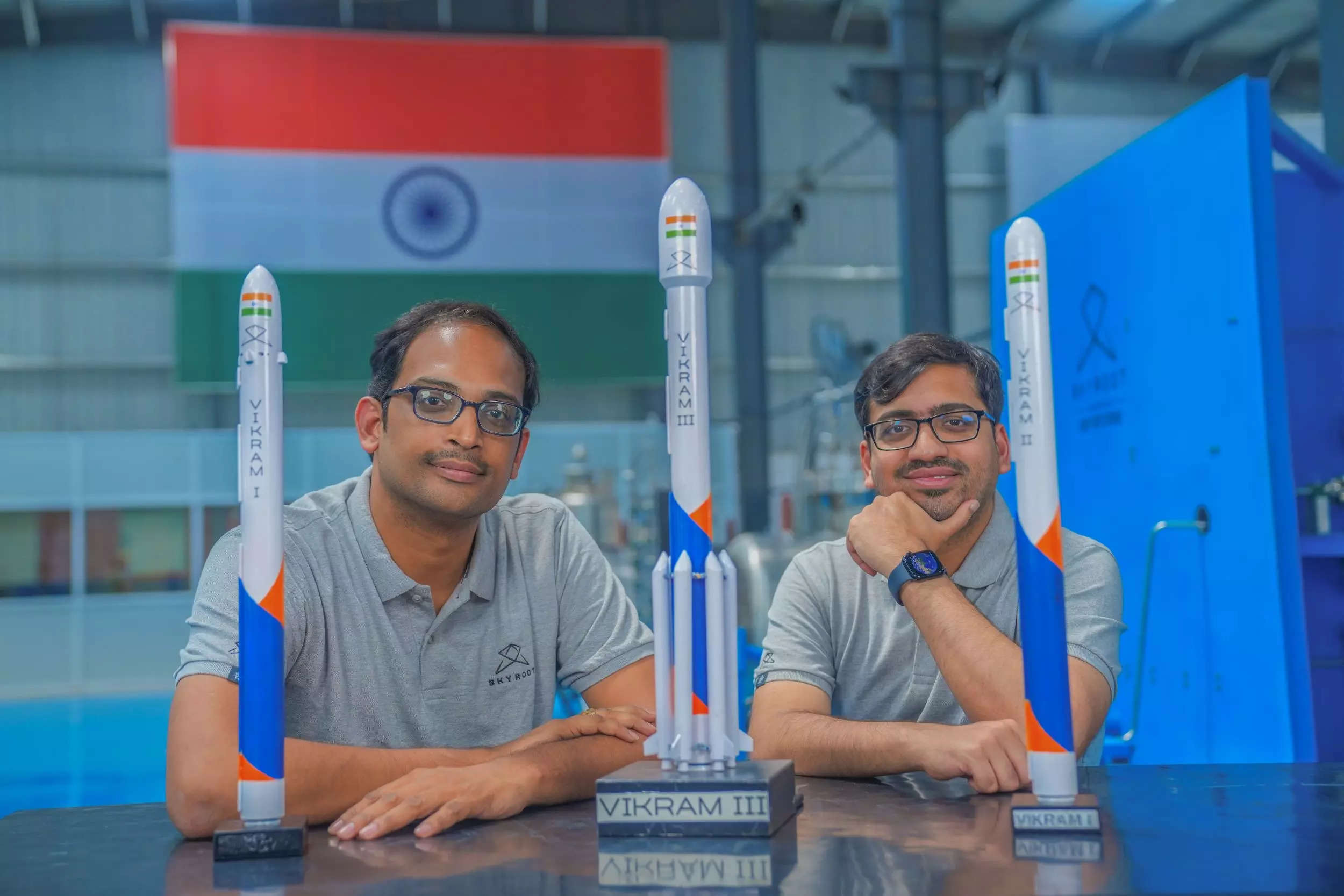
The Vikram S (Mission Prarambh) rocket launch last week has been rightfully hailed as a significant turning point in India’s ascent into space. It is the first Indian rocket to reach orbit that was privately manufactured.
Private companies in Space Sector

- Lack of enabling policy: If Delhi establishes the enabling policy climate, the private sector of the nation has the talent and experience to reduce that distance.
- Governmental monopoly Governments took the lead when space exploration became a significant endeavor in the second half of the 20th century. The cost, complexity, and research rigor of the space effort resulted in the monopolization of all space programmes worldwide by governments.
- But in the 21st century, the private sector’s role has significantly increased, and the government cannot ignore private players any longer. Previously, only governments could possess satellites, but today the satellite industry is dominated by private enterprises.
Major private players
- With more than 2,300 satellites in low earth orbit, Elon Musk’s Starlink satellite system is now a major player. They provide a range of space services, including useful military data, to the Ukrainian armed forces in their conflict with Russian forces.
- In the upcoming years, Amazon’s Project Kuiper intends to launch more than 3,000 satellites to provide a variety of services, including broadband internet. Making at least three satellites per day will be necessary for this.
- Airtel in India is a collaborator in the One-Web company, which provides access through its network of about 500 satellites.
- Breaking the government’s monopoly: The most demanding of space endeavours, the launch vehicle industry, was until recently a state monopoly. That launch monopoly has been broken by Elon Musk’s SpaceX, and Amazon’s Blue Origin rocket will shortly join them.
History
- Only using space for national development: Delhi’s major goal was to use space to hasten the process of national development. Eventually, the Indian space programme started to take on military and economic elements.
- Collaboration with the Soviet Union: India’s space programme started with close collaboration with Western nations before moving on to the Soviet Union. Within the framework of collaboration with friendly governments, Delhi also extended an offer of space cooperation to other emerging nations.
- India’s progress was hampered by sanctions: Following its first nuclear test in 1974, India was subjected to non-proliferation penalties that severely limited its ability to participate in international space cooperation. The sanctions system didn’t loosen until after the momentous civil nuclear initiative.
India’s future approach
- India has joined the Missile Technology Control Regime, which governs the trade in goods and technologies related to space, in order to commercially exploit space.
- India is a participant in the Wassenaar Arrangement, which regulates trade in dual-use technologies that can be applied to both civil and military applications.
- The expanding number of new space possibilities, which range from mining the Moon to employing satellites to supply broadband internet, from space manufacturing to deep space research. Simply said, the size of the global economy is expanding quickly, and within a decade, its value is projected to nearly double, rising from roughly $450 billion in 2022 to one trillion dollars.
- It must deal with commerce and the economy. India’s involvement in space can no longer be limited to concepts of “development” and “national prestige.” It has to do with commerce and the economy. Only 2% of the world’s space economy is currently accounted for by India. In the upcoming years, PM Modi has demanded that India quickly raise its share to 8%.
- The private sector companies for a bigger role: The only way to increase India’s participation in the global space economy is to entice the private sector companies to take on a bigger role. Consider the fact that the Artemis 1 rocket was successfully launched last week. A number of top aerospace companies are involved in the program, including Boeing, Lockheed, Northrop Grumman, Airbus, and Space X.
- National space programme collaboration on a global scale: Whereas Apollo was a wholly American mission, the Artemis programme is a multinational effort involving the US and its partners, which include France, Canada, and Japan. In the meantime, China and Russia are teaming up to work jointly on a joint base that will establish a long-term human presence on the Moon as well as on their own space programmes.
- Capital assistance for the space programme: India is preparing to start a programme to increase the involvement of the commercial sector in space. Indian start-ups are also receiving financial backing from outside. For instance, GIC, the national wealth fund of Singapore, has a significant stake in Skyroot Aerospace, the company that launched the Vikram S rocket.
@the-end
As India’s space programme starts to become more accessible, many Western aerospace companies will be ready to invest. India is also realising that international cooperation must be an essential component of its space strategy rather than merely a “add-on” to its national space programme.
Source—https://www.business-standard.com/article/current-affairs/private-sector-can-boost-india-s-space-programme-globally-pm-modi-122061001207_1.html
